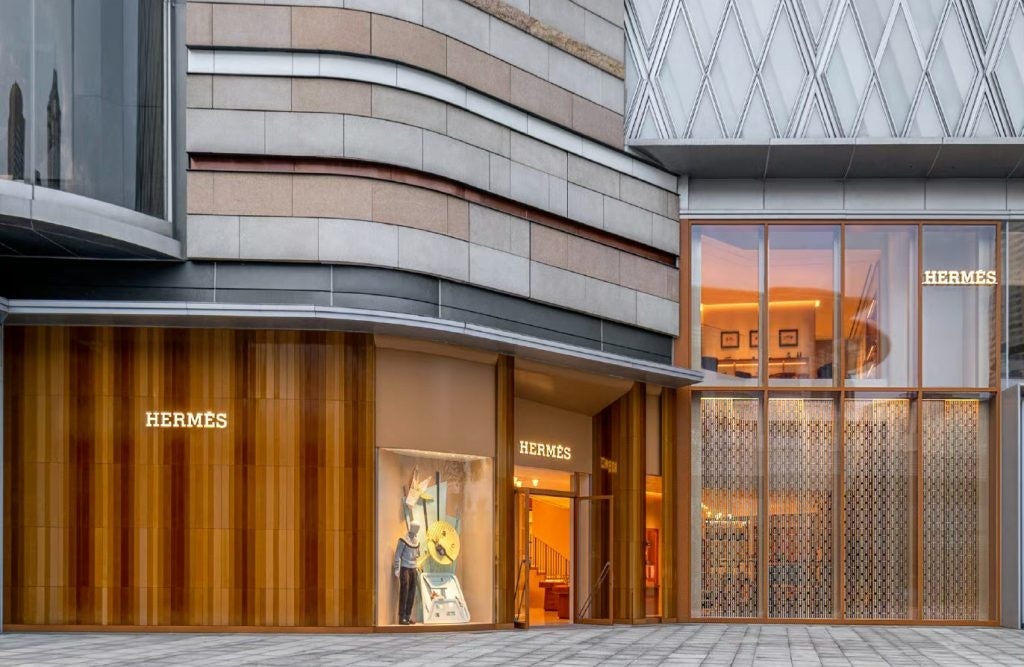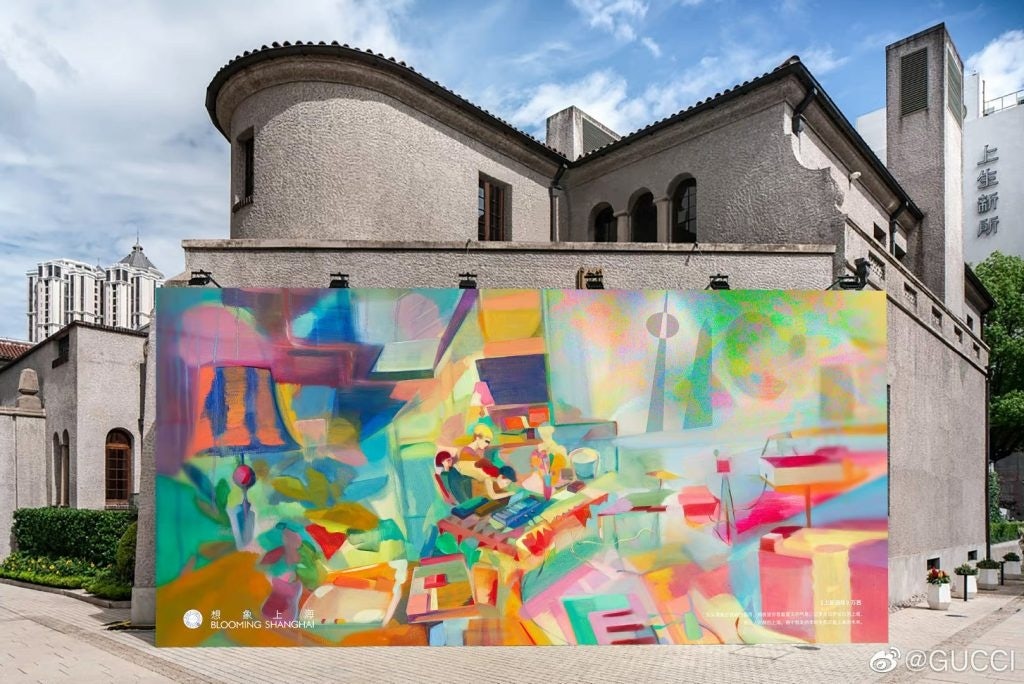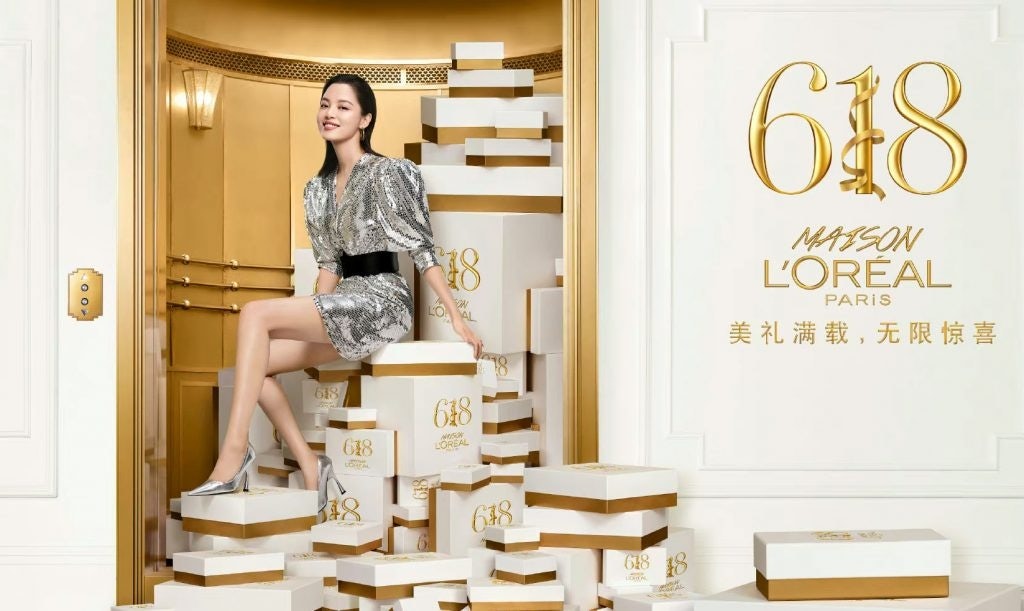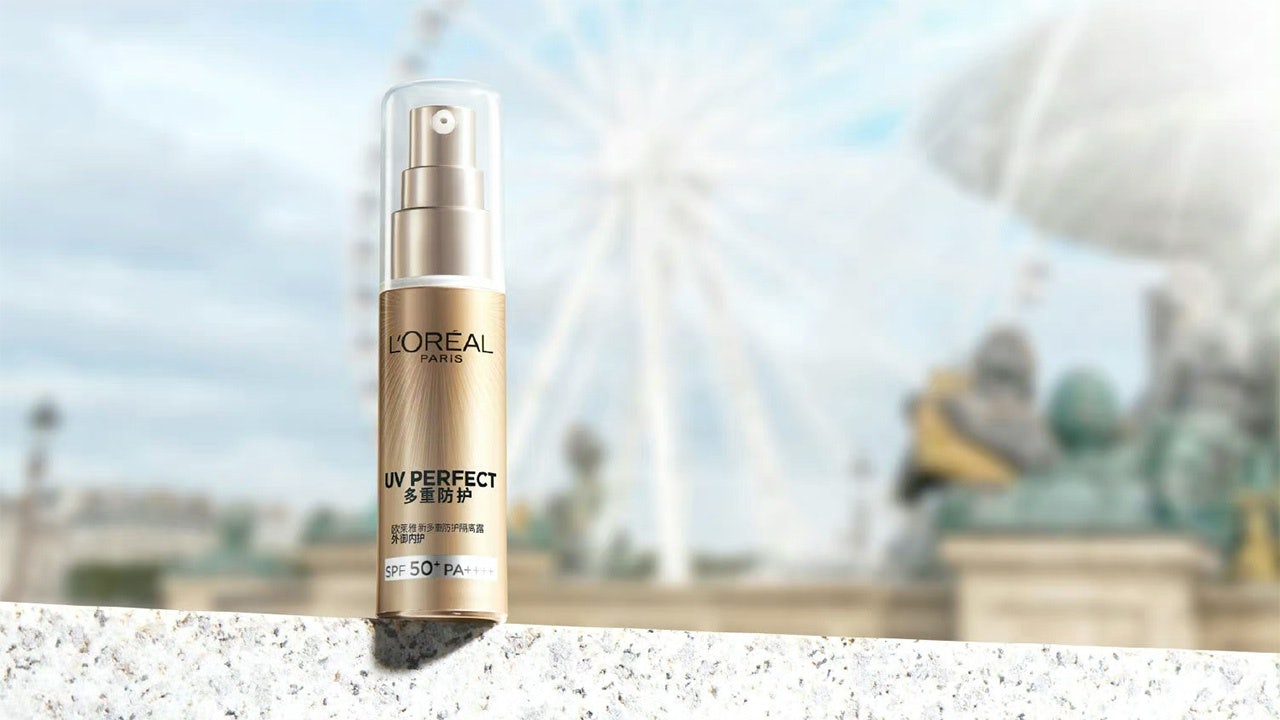Second quarter results are in, and luxury fashion brands continue to pay the price for relying on the all-important Chinese market. In contrast, L’Oréal is bucking the downward trend and proving that the pandemic hasn’t dented demand for beauty. What’s setting it apart?
Hermès#
The Birkin bag maker reported consolidated revenues of $5.59 billion (5.48 billion euros) for the first half of 2022, up 29 percent at current exchange rates from the same period in 2021. Notably, the house’s operating margins surged to a record 42 percent, the highest level among its peers. Although Hermès’ Asia business did not grow as quickly as other regions — its home country France rose 41 percent while the US grew 34 percent — the region showed resilience at 15 percent growth.
The period ended June 30 was marked by ambitious brick-and-mortar expansion for the company. After re-opening renovated stores at Pacific Place in Hong Kong and One Central in Macau, Hermès unveiled a new location in Henan at the end of March. Despite being hit by COVID-19 restrictions and store closures in April and May, its Greater China performance bounced back in June. A new store in Wuhan’s Heartland 66 mall, which reportedly raked in $4.45 million when it opened on July 13, should help it continue making inroads looking forward.

Given the market’s economic and geopolitical uncertainties, the French luxury house did not set a target for the full year but “confirms an ambitious goal for revenue growth” in the medium-term.
Kering#
French conglomerate Kering also beat analyst expectations in the first six months of the year, generating overall revenues of $10.1 billion (9.9 billion euros). Driving this growth was Saint Laurent, which is less exposed to the Chinese market compared to other Kering brands. The label, helmed by creative director Anthony Vaccarello and CEO Francesca Bellettini, saw a 34 percent surge in global sales to $1.5 billion compared to the same period last year.
Saint Laurent’s performance outpaced what was once Kering’s top player in terms of growth: Gucci grew just 8 percent in H1 due to low store traffic and logistical issues, which CFO Jean-Marc Duplaix credited for the “clear drag” it experienced in China during Q2. Nevertheless, Kering moves forward with Gucci's elevation strategy, from creating a new high jewelry collection; to releasing a star-studded Love Parade campaign (accompanied by a “Guccywood Club” pop-up event in Chengdu); to launching cultural project “Blooming Shanghai.”

Like Hermès, Kering did not specify its forecast for fiscal 2023. However, in an investors presentation in June, the company outlined plans to boost Gucci’s annual sales to 15 billion euros by raising prices, producing higher-end collections, and accelerating business in China — signaling ongoing support for its star player.
L’Oréal#
Beauty giant L’Oréal had better luck in China than its luxury and fashion counterparts. The owner of SkinCeuticals and Maybelline New York reported “outstanding performance” in the market with 13 percent revenue growth, bringing global sales to $9.46 billion (9.31 billion euros) in the three months to June.
The group’s L’Oréal Luxe division outperformed the global luxury beauty market and reached “a record market share” in mainland China, thanks to brands such as Lancôme, Yves Saint Laurent, and Shu Uemura. Although Shanghai lockdowns led to supply chain disruptions during Q2, the group leveraged its local e-commerce channels to place six of its brands in the top 12 during Tmall’s 618 Shopping Festival: L’Oréal Paris ranked at No.1 for beauty and skincare; Kérastse ranked No.1 in haircare; and Stylenanda 3CE topped make-up lists.

“Makeup is really bouncing back,” L'Oreal CEO Nicolas Hieronimus told Reuters. Given this, the company is "overall pretty confident, even bullish,” about the global beauty market and its own prospects.

